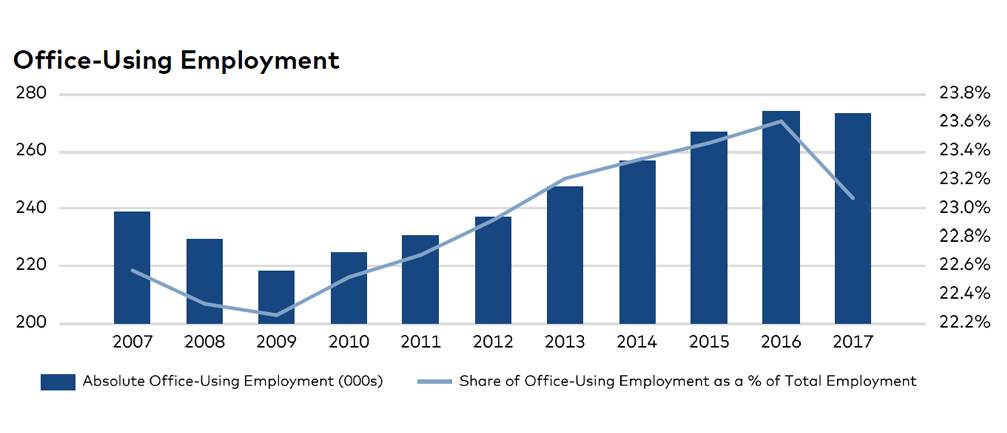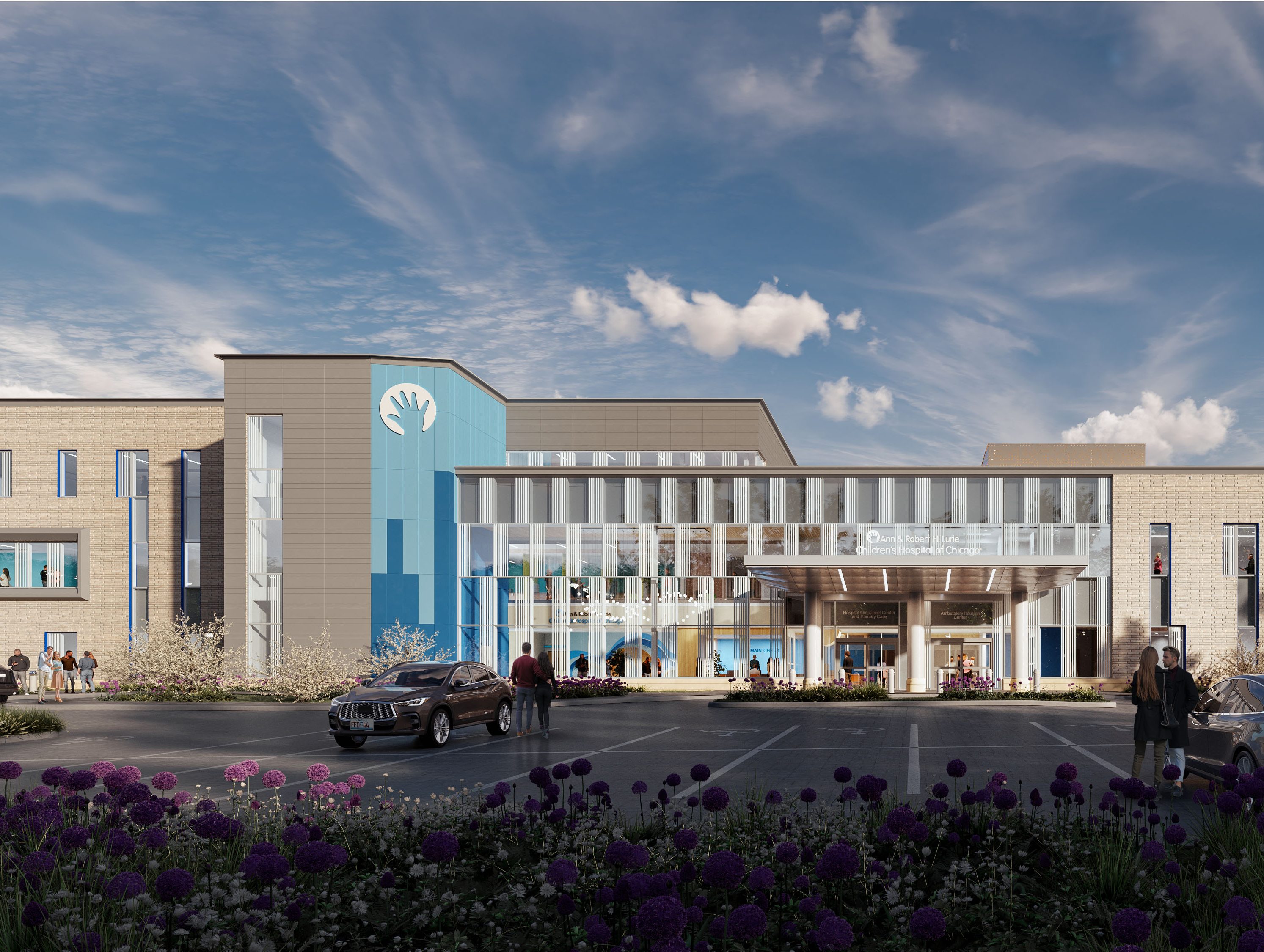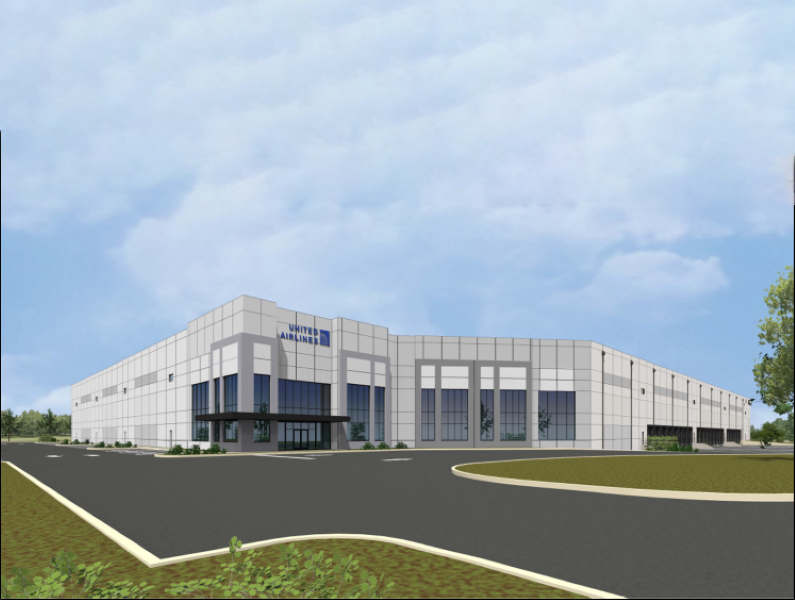Maintaining Balance in Portland
As the local economy is shifting from electronics hardware and manufacturing toward software and web services, demand for office space remains strong across the metro, especially in high-profile submarkets such as the CBD and Pearl District.
By Roxana Baiceanu
During the last four quarters, Portland’s office market has been in a kind of expectation state, trying to adjust to the changes in the tech sector: a focus shift from electronics hardware and manufacturing toward software and web services; the sale of companies such as Cascade Microtech, Planar Systems and TriQuint Semiconductor; and a slowing startup sector. Although tech companies continue to see Portland as a more lucrative alternative to more expensive West Coast cities, employment in the information segment registered a 3.9 percent decrease in November.
To retain employees and find new talent, several businesses have relocated from the suburbs to the better-transited, highly amenitized Central Business District (CBD) and Pearl District. Vacancy rates in these submarkets were lower than the average, at 5.2 percent and 9.7 percent. On the other hand, startup- and entrepreneur-friendly suburban locations such as the Sunset Corridor and Beaverton posted vacancy rates as high as 12.8 percent and 17.1 percent. The metro’s overall 10.5 percent vacancy might decrease further as new supply is limited and companies such as Amazon, WeWork and Adidas are drafting lease agreements for business expansion.
Demand for new Class A office space remains healthy, especially in high-profile submarkets such as the CBD and Pearl District. Nearly 1.1 million square feet was under construction at the end of December, and another 4 million is in the planning or permitting stage.
Transaction activity has been robust, with almost $1 billion in sales volume.








You must be logged in to post a comment.